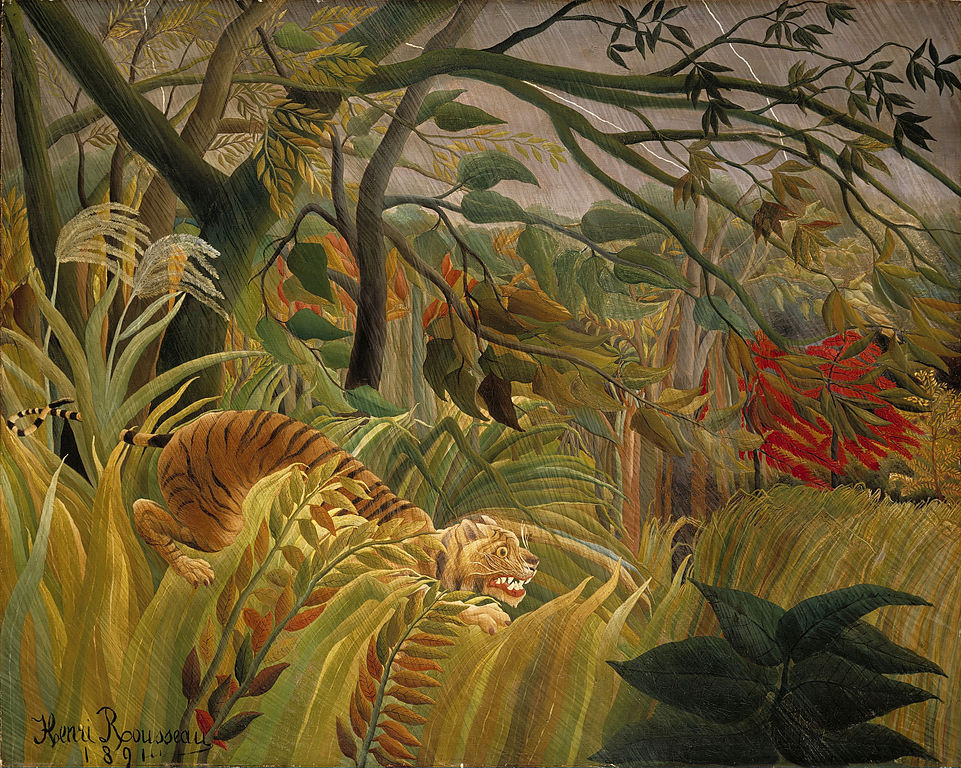I had never heard of Geraint Hughes before but upon opening this book for the first time, I know he understands the lies we are being fed and seeks to debunk them one by one.
The first myth Hughes debunks is the nonsense about how a greenhouse actually works. For most young people, like myself, we were taught in school that back radiation heats the greenhouse, that the glass of the greenhouse returns the sun’s heat to the ground thus increasing the temperature however. But this is an unscientific falsehood.
A greenhouse actually works due to convection.
A strong convection current within the greenhouse creates a cycle of warming and cooling. The sun heats the earth which causes the air close to the ground to heat up and rise, it is trapped by the glass where it cools and falls back to the earth where the cycle repeats. Knowing this is the lynchpin of the Greenhouse Gas Theory.
The ‘greenhouse’ analogy completely falls apart already just knowing this, but Hughes continues to pick apart every lie the Alarmists use. The mission of the book is achieved step by step exposing the shocking truth that mainstream science claims about the Greenhouse Gas Theory are pure junk science garbage.
Most books I’ve encountered that focus on climate science are daunting to read. They require an understanding of physics and thermodynamics in order to carefully follow what we are being told.
Within the first 25 pages of Black Dragon I gleaned more insight into these issues than I found in my five years of senior school studying GCSE Physics.
Hughes makes the task easier by completely breaking down the science and equations he is using so that anyone can understand them. He then explains the physical application of this science and how it in no way relates to the Greenhouse gas Theory – which he repeatedly disproves.
Since I am a college undergraduate currently studying Bioscience – Chemistry, Biology and Psychology, one thing Hughes debunks really fascinated me; Hughes beautifully exposes the ubiquitous Climate Change in a Bottle experiment. The ridiculous Bill Nye ‘the non-science guy’ video of this is found here.
My old science teacher actually used this experiment to ‘educate’ us about Climate Change, but it completely misses out some glaringly obvious things that would affect the results.
For example, the experiment completely neglects the fact that the density of both Air and Carbon Dioxide are different and the specific heat capacity of both these gases is different, which would affect the rate at which these gases absorb IR.
Now, is this deliberate deception or simply the product of incompetence and misunderstanding among ‘experts’?
For me, the whole Climate Change narrative seems to be a case of the more you look, the less you see. What I mean by this is the more you focus on what you are being told, it reveals itself as completely wrong. Cautious (skeptic) minds need to take a step back and view it objectively – then everything becomes a lot clearer.
The whole section on Venus was interesting to read. Those spouting alarmist nonsense would have us believe Venus’ high temperatures are caused by a runaway greenhouse effect. But Venus’ temperature is due to its natural structure and formation, however, the interesting thing about this section isn’t the debunking myth about Venus but what we learn about Venus itself.
Throughout the book Hughes makes insightful and interesting points with strong evidence to prove why the various (sometimes competing) theories on Greenhouse Gas are incorrect.
One of the key things that will stick with me is that difference between Oxy and CO2 gas planets, Oxy or oxygen gas planets and Carbon Dioxide gas planets have very different temperatures for one simple reason – how emissive the abundant gas is.
Oxygen is far less emissive than CO2, therefore Oxy planets have higher temperatures, because of this it is impossible for CO2 to be the cause of global warming and Climate Change. While this isn’t the most comprehensive book I have read on the subject (it is quite short, just 152 pages), it is one of the most informative.
I highly recommend reading Black Dragon: Breaking the Frizzle Frazzle of the Big Lie of Climate Change Science if you have an interest in the subject, or even if you are just curious about the climate ‘hype’ – it is aimed at non-experts, so anyone should ‘get it.’
Courtesy Principia Scientific International.
The photo shows, Tiger in a Tropical Storm, by Henri Rousseau, painted in 1891.


Comments are closed.